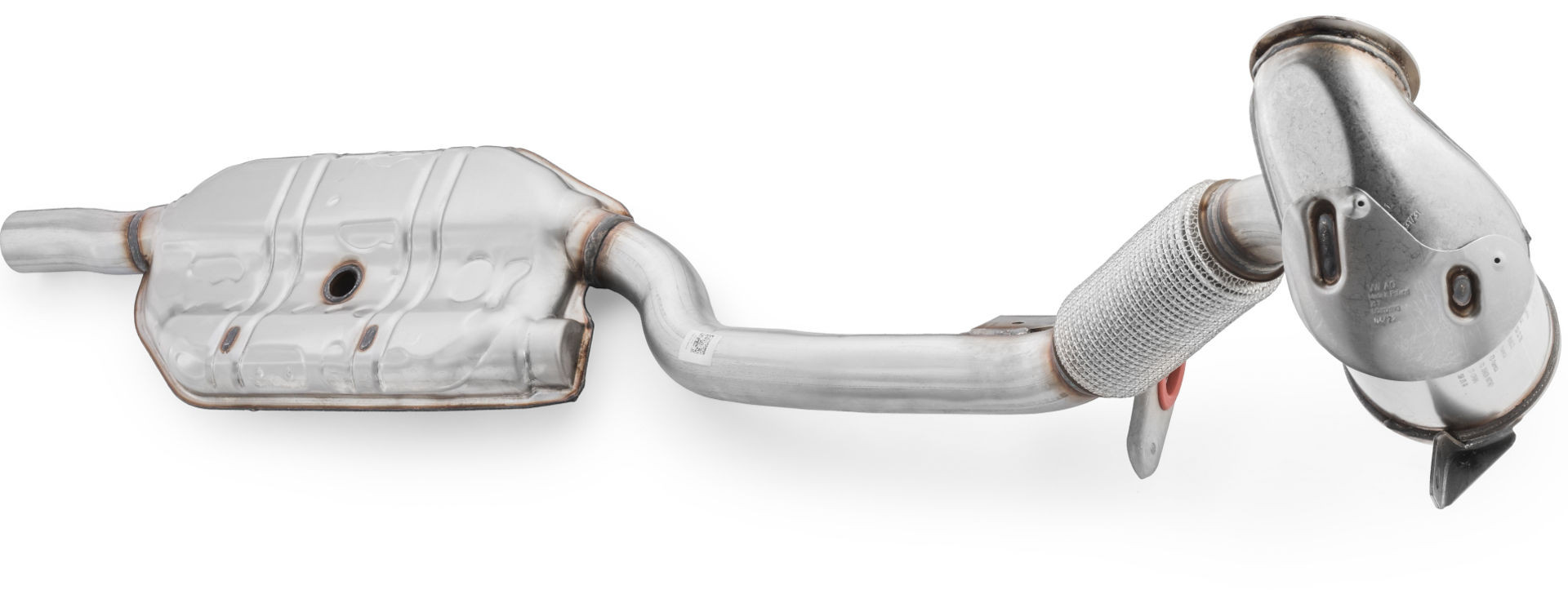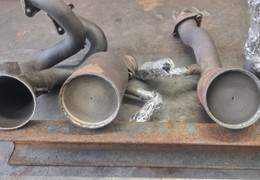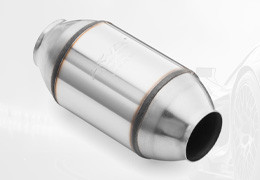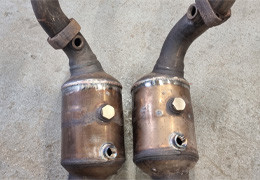-
Catalysts
addremove
- Universal catalysts
- Sports catalystsaddremove
- Reconditioned catalystsaddremove
- Alfa Romeoaddremove
- Aston Martinaddremove
- Audiaddremove
- Acuraaddremove
- BMWaddremove
- Chrysleraddremove
- Citroenaddremove
- Daciaaddremove
- Dodgeaddremove
- Fordaddremove
- Hondaaddremove
- Hyundaiaddremove
- Jaguaraddremove
- Jeepaddremove
- KIAaddremove
- Lamborghiniaddremove
- Huracanaddremove
- Land Roveraddremove
- Lexusaddremove
- MAN
- Mercedes-Benzaddremove
- Mazdaaddremove
- MINIaddremove
- Nissanaddremove
- Opeladdremove
- Peugeotaddremove
- Porscheaddremove
- Renaultaddremove
- SEATaddremove
- Skodaaddremove
- Toyotaaddremove
- Volkswagenaddremove
- Volvoaddremove
- Original catalytic convertersaddremove
- Dedicated catalystsaddremove
- Used catalytic convertersaddremove
-
Catalysts
add remove Catalysts add remove
- Catalyst inserts addremove
- DPF Filters
-
Accessories
addremove
- Catalytic converter insert housings
- Exhaust cones
- Gadgets
- Exhaust dampers
- Probes and sensorsaddremove
- Lambda probesaddremove
- Temperature sensorsaddremove
- Exhaust gas pressure sensorsaddremove
- Crankshaft position sensorsaddremove
- Regeneration of catalysts
- Contact
- Blog
- Download
CATALYTIC CONVERTER REGENERATION VW/AUDI//SKODA 2.0 TSI TFSI
Why does the catalytic converter wear out?
The TSI and TFSI engines of the Volkswagen family are known for their efficiency and performance, but like any system, they too can wear out. The catalytic converter, which is tasked with neutralizing harmful substances in the exhaust, can become clogged with deposits and debris over time. Prolonged short-distance driving, problems with the ignition system or an overly rich fuel-air mixture can contribute to faster wear and tear of this component.
Symptoms of a defective catalytic converter
The first sign of catalytic converter problems can be a noticeable drop in vehicle power. If your car accelerates slower than usual and its dynamics are noticeably impaired, this could be the result of a blocked catalytic converter. In addition, an increase in fuel consumption should arouse your suspicions - a clogged catalytic converter can cause the engine to run less efficiently, resulting in higher combustion.
Another symptom is a lit check engine light, which may indicate problems with the exhaust system. It is also worth noting uneven engine idling or the occurrence of vibrations while driving, which may indicate problems with exhaust gas flow.
Is it worth to regenerate the catalytic converter?
Many owners of cars with 1.8/2.0 TSI/TFSI engines ask themselves whether regenerating the catalytic converter is worthwhile. In most cases, the answer is yes. Regeneration is a much cheaper option than replacing the entire catalytic converter with a new one. In addition, properly performed remanufacturing can restore the exhaust system to full working order and allow you to continue operating your vehicle without incurring large costs.
How to care for a catalytic converter after remanufacturing?
To prevent catalytic converter problems from happening again, there are several things you should take care of. First of all, have your engine serviced regularly and make sure the fuel quality is adequate. Avoid prolonged short-distance driving, which does not allow the catalytic converter to reach the proper operating temperature necessary for efficient combustion of pollutants.
Summary
Catalytic converter regeneration in VW, Audi, Seat and Skoda cars with 1.8/2.0 TSI/TFSI engines is a topic that can concern any owner of these cars. Instead of worrying about the high cost of replacement, consider remanufacturing to restore the exhaust system to full performance and enjoy continued trouble-free driving. By taking care of your catalytic converter, you not only take care of your car, but also the environment by reducing harmful exhaust emissions.
List of Models:
- VOLKSWAGEN TIGUAN 4x4 2.0 TSI 220 hp (2016-2024)
- SKODA KODIAQ 4x4 2.0 TSI 190 hp (2017-2021)
- AUDI Q3 4x4 2.0 TSI 245 hp (2018-2021)
Set includes:
- Catalytic converter
- Flex connector
- Original mount
- Central muffler
OE original number:
- 5QA131701
- 5Q0178AA
- 5QF253211R
- 5QA254500NX
- 5QA254501NX
- 5QA253059CE
- 5QA253059EP
Note!
The regeneration process for vehicles with 1.8/2.0 TSI/TFSI engines is based on the original catalytic converter insert. As part of the remanufacturing process, we replace the entire catalytic converter, housing, mount and mounting flange. (we focus mainly on the front part of the catalytic converter, where the original ceramic cartridge is located).
This is the most efficient solution, which ensures the long-term operation of the catalytic converter and the entire exhaust system. With this method, you can be sure that you are investing in a solution that not only improves performance, but also contributes to the longer life of your vehicle.
You can find a direct link to the regeneration of the front part of the catalytic converter at the link - REGENERATION 1.8 / 2.0 TSI&TFSI.











Latest comments